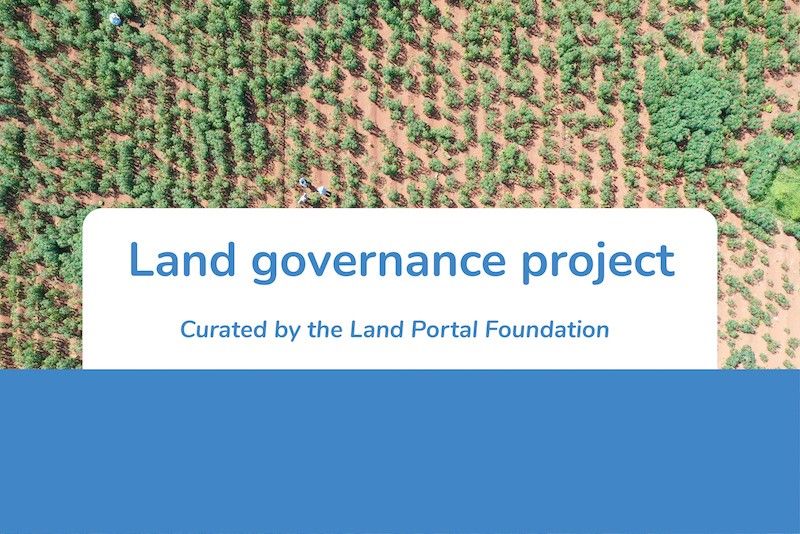Geographical focus
Related categories
Objectives
To equip and empower local communities to safeguard Samoa's indigenous species, natural ecosystems and food production systems from Invasive Alien Species (IAS) and unsustainable land use practices.
Other
Note: Disbursement data provided is cumulative and covers disbursement made by the project Agency.
Target Groups
The socio-economic benefits in the project will be observed at the individual (household level) as well as at the collective community level for economic groups like farmers, industrial plantation and forest concession groups as follows: ? At least 25,096 people in the target catchments will directly benefit through improved IAS prevention and management, SLM and SFM activities and improved livelihoods and incomes of which an estimated 12,222 (48.7%). ? As a result of initiatives on improved forest and riparian conservation activities and environmental practices in catchments lands, additional people living in and around the target catchment (adjacent) will indirectly benefit from improved and sustainable land management, reduced erosion and water flows. ? Implementation of strategies and mainstreaming of IAS prevention and management in CIMPs will result into sustainable practices on plantation, agriculture, water conservation, value chain products and services. This will collectively result in better conservation and livelihoods outcomes; ? Improved access to basic goods and technical services, technology and improved agricultural, forestry and fisheries practices, as well as diversification of livelihoods in agriculture, fisheries and non-farm sector including tourism and agri-based products will ensure more livelihood options and better prices and income. ? The focus on addressing gender inequality wherein various initiatives, such as promotion of alternative livelihood options, participation of women in various local conservation committees are proposed. The project envisages more gender equality in context of sex ratio, decision making powers, ownership and control on resources and women leadership as well as participation; ? A reduction in the IAS conflicts and increase in effective implementation of sustainable practices. The project expects a decrease in IAS infestation in the nine pilot catchment areas ? Incremental funding through new cost-recovery measures will improve biosecurity measures, protect critical biodiversity hotspots and provide for improved and diversified livelihoods and incomes and a sustainability of such investments beyond the life of the project; ? Advancement of multi-cropping systems (including agroforestry) in degraded plantation and small holder lands will enhance Stable or improved populations of native species (by reduction of IAS threats) species and improved forest environments will greatly enhance visitor experiences for increasing potential for ecotourism and community financial benefit.




